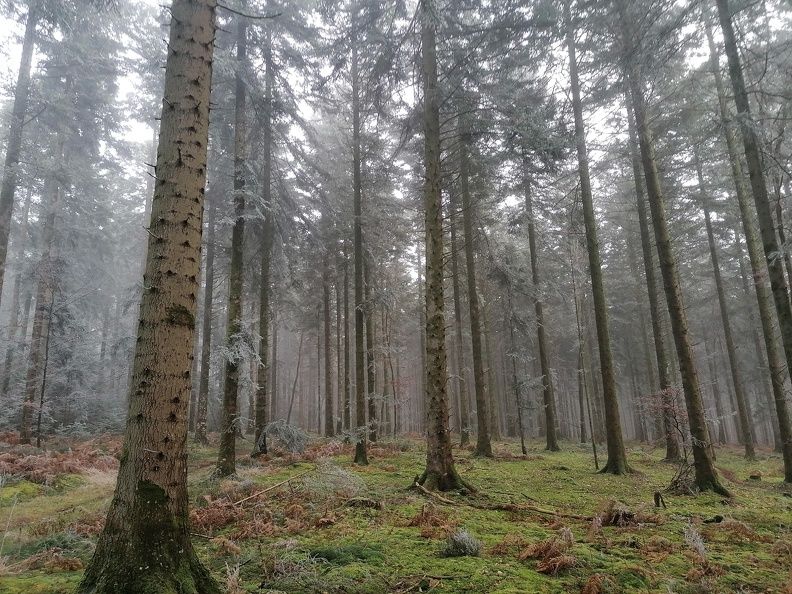New Commission Working Document Outlines Recommendations for Protecting Primary and Old-Growth Forests in Europe: What It Means for Forest Owners

In May 2020, the European Union released its Biodiversity Strategy for 2030, which stated the goal of strictly protecting all of the EU's remaining primary and old-growth forests. To achieve this goal, the EU commissioned a Working Group to define primary and old-growth forests and develop guidelines for their identification, mapping, monitoring, and management.
The resulting document, published on March 20th, 2022, provides a comprehensive definition of primary and old-growth forests and outlines a set of criteria and indicators for their identification and mapping. It also emphasizes the importance of monitoring these forests to assess their impact on governance, management measures, and human and natural disturbances, including climate change.
So what does this mean for European forest owners? It means that if their forests meet the criteria outlined in the document, they could be subject to a number of new measures and requirements.
Mapping and Monitoring
Mapping and monitoring of primary and old-growth forests will need to be developed at the national level by competent authorities. This means that forest owners will need to cooperate with the authorities to ensure that their forests are accurately mapped and monitored. This could potentially lead to increased regulation and scrutiny for forest owners.
Strict Protection
Identified areas of primary and old-growth forests will be placed under strict protection, meaning that forest owners will not be able to conduct productive forest management activities in these areas. This could impact the profitability of some forest owners who rely on logging activities in these areas.
Forest owners could also face limitations on management activities in areas of primary and old-growth forests. Only those activities that are essential for supporting or enhancing natural processes and necessary for restoring and/or conserving the habitats and species for whose protection the area has been designated will be permitted. This means that productive forest management regimes are to be excluded from primary and old-growth forests.
Restriction on Logging
The new definition of primary and old-growth forests could mean that some areas of forests previously considered for logging may be off-limits. Forest owners would need to ensure that they are not logging in these protected areas to avoid facing legal repercussions.
Financing
The document suggests that forest owners can access funding opportunities under various EU programs to support the implementation of these new regulations. However, accessing these funds may require additional paperwork and compliance requirements for forest owners.
Private certification schemes could contribute to compiling national GIS maps of high conservation value areas, their attributes, and monitoring results. Forest owners could also potentially access funding through various EU programs, such as the Rural Development Program and the CAP Strategic Plans, for conservation and restoration efforts in primary and old-growth forests.
In addition, the development of a national platform or national dialogue space on primary and old-growth forests may be envisioned, which could provide opportunities for forest owners to participate in decision-making processes and contribute their expertise.
Overall, the Working Group's document is a significant step toward developing an EU-wide framework for the identification, mapping, monitoring, and management of primary and old-growth forests in Europe. While it could mean more regulations and limitations for forest owners, it could present opportunities for conservation and restoration efforts and potential access to funding as well.

